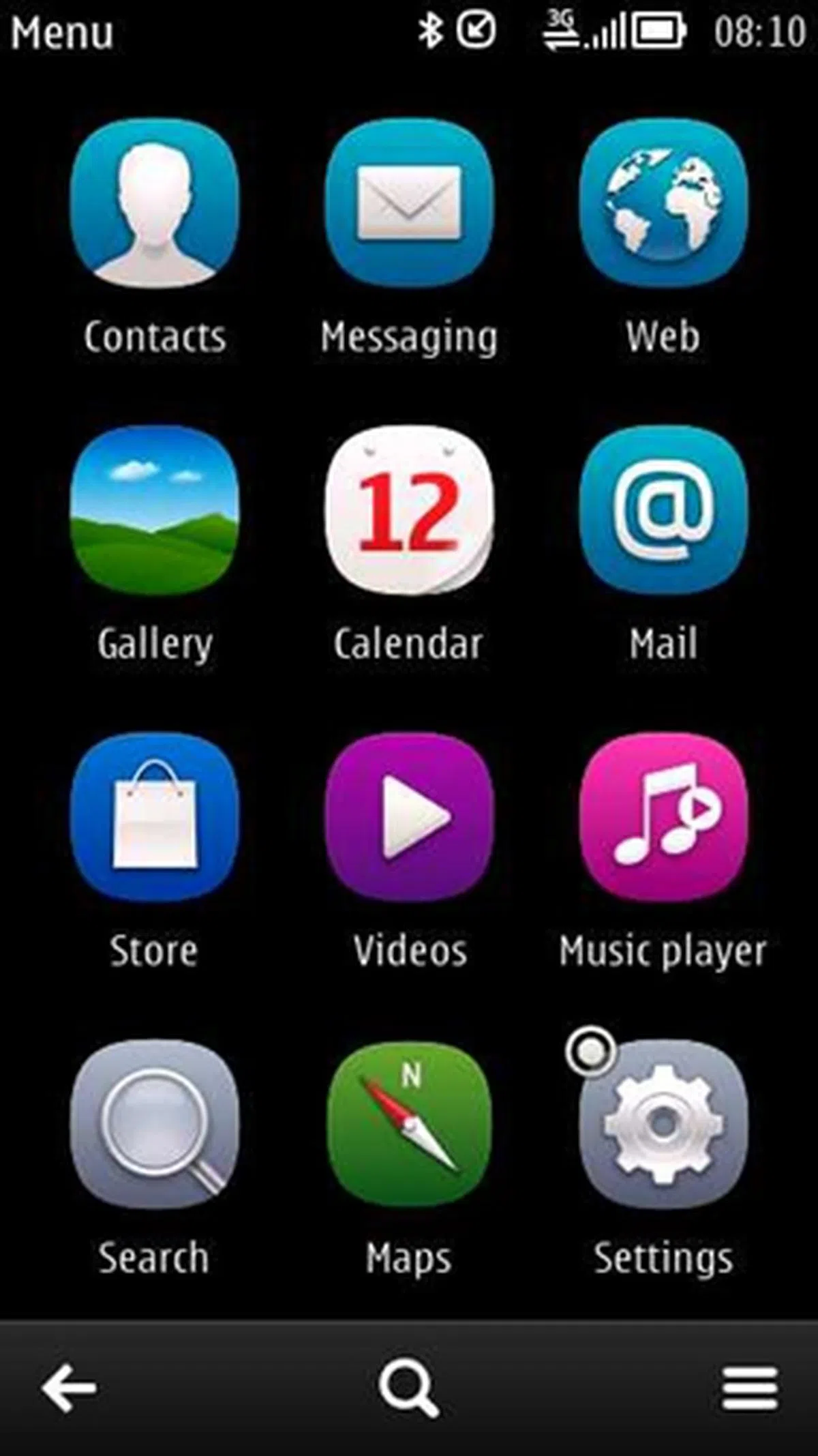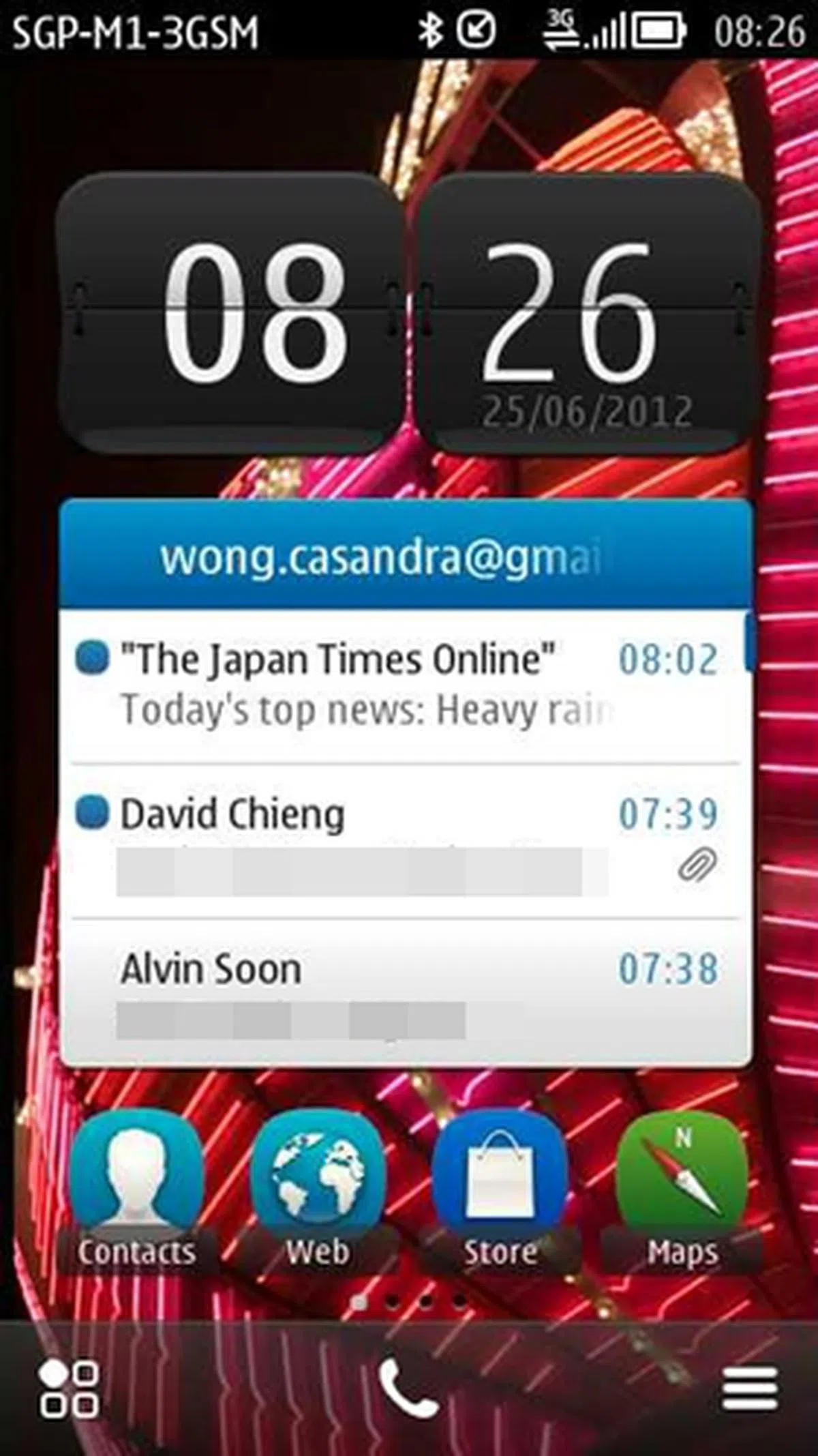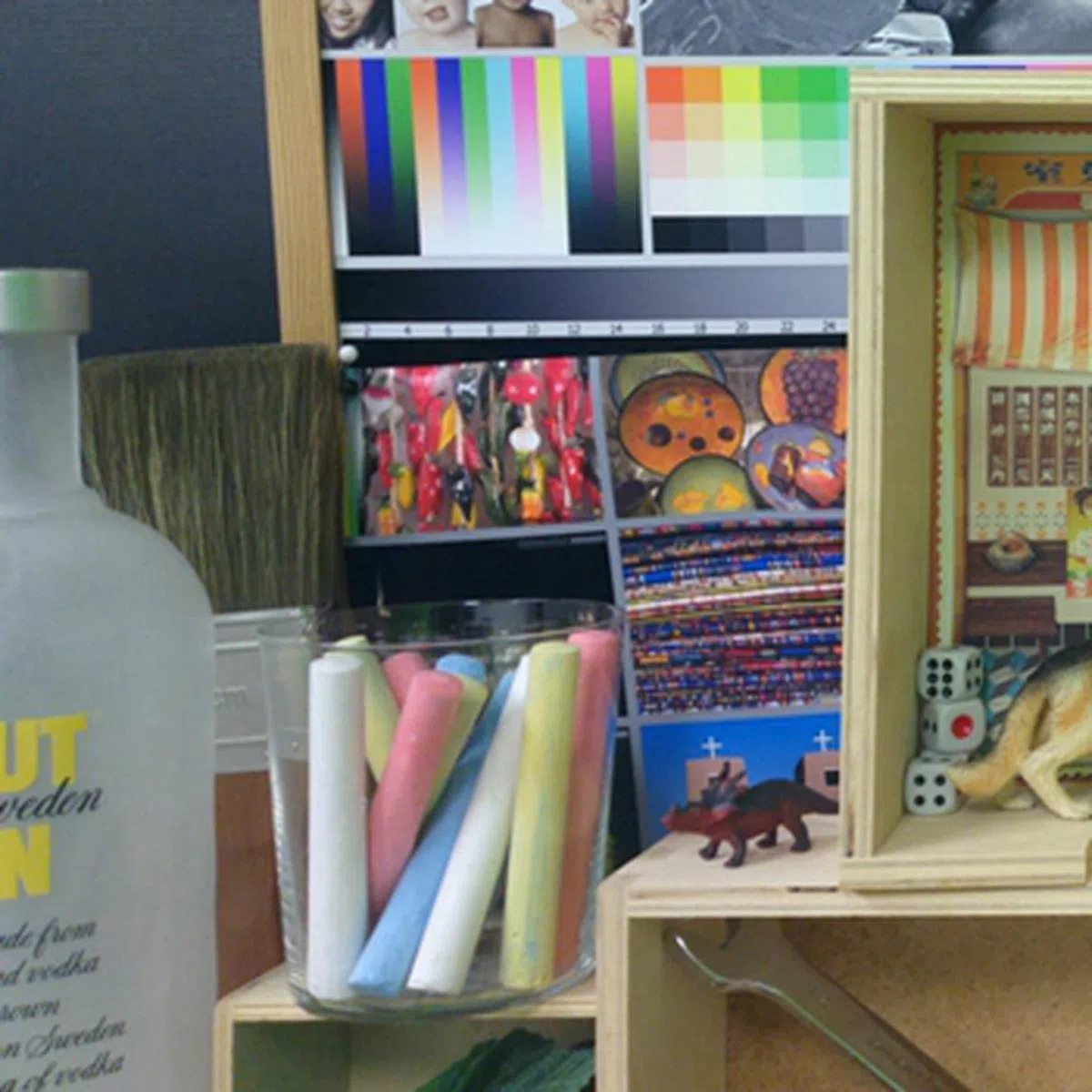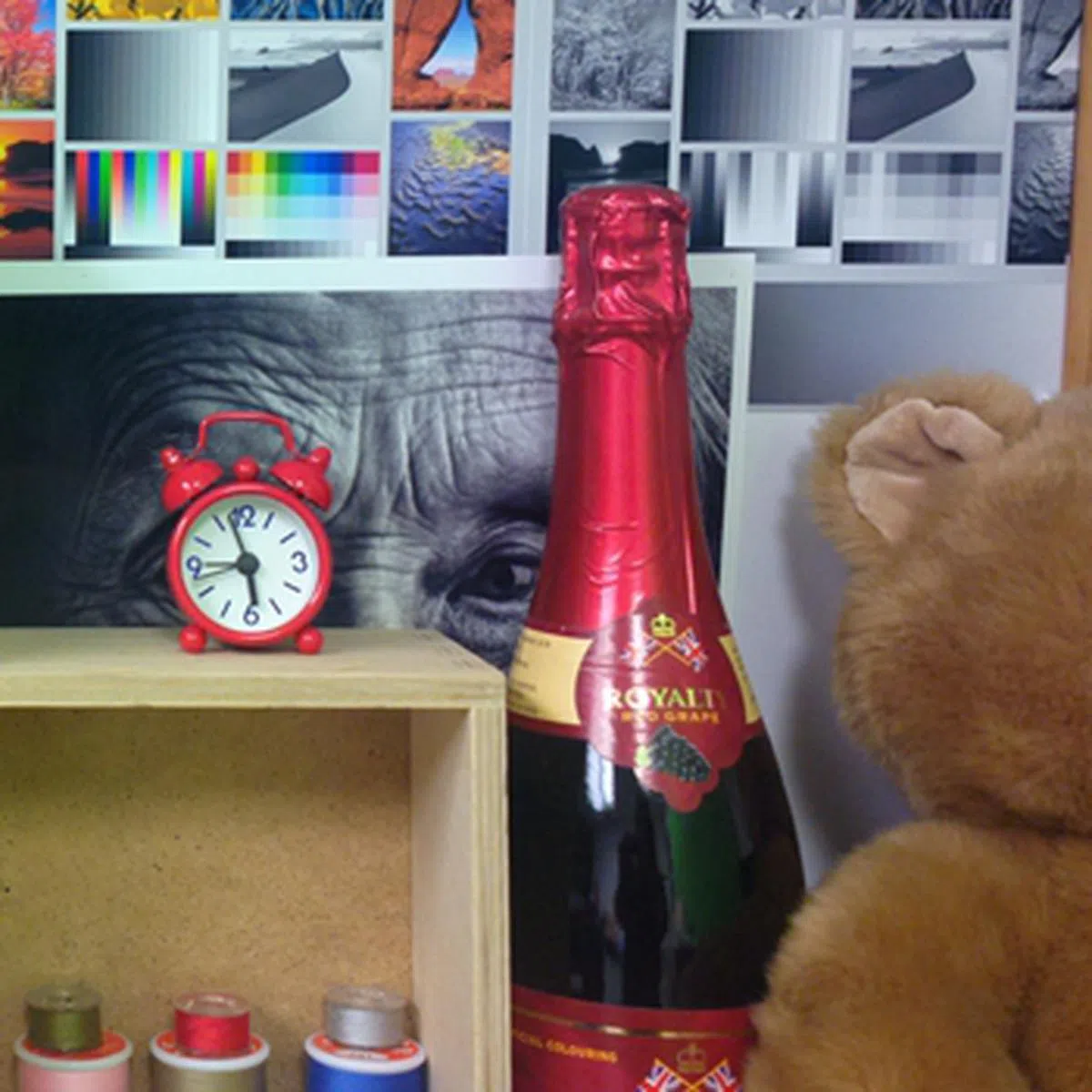Nokia 808 Pureview - The Only 41-Megapixel Belle in Town
The Nokia 808 PureView gets its attention, rightly so because of its whopping "41-megapixel" camera. However, is the phone just about its camera capabilities? We spent some time with it and here are our thoughts on the Belle-flavored phone.
By HardwareZone Team -
Overview & Design
We first had a quick glimpse of the Nokia 808 PureView at MWC 2012 in February - a 'Frankenstein' experiment that seemingly melds smartphone and camera capabilities into one. A 41-megapixel sensor is unheard of on smartphones and usually found on high-end, full-frame DSLRs; Smartphones typically come with a 5- to 8-megapixel camera, so it's no surprise that the whopping 41-megapixel camera on the 808 PureView created such a stir when it first made its appearance.
Of course, there's also the question: "Why Symbian and not Windows Phone?" The Symbian ecosystem lags behind the Windows Phone 7 platform and needless to say, iOS and Android. With the platforms recently announcing their new updates (Windows Phone 8, iOS 6 and Jelly Bean), will this Nokia Belle OS equipped smartphone have enough to stay afloat? Let's check it out.
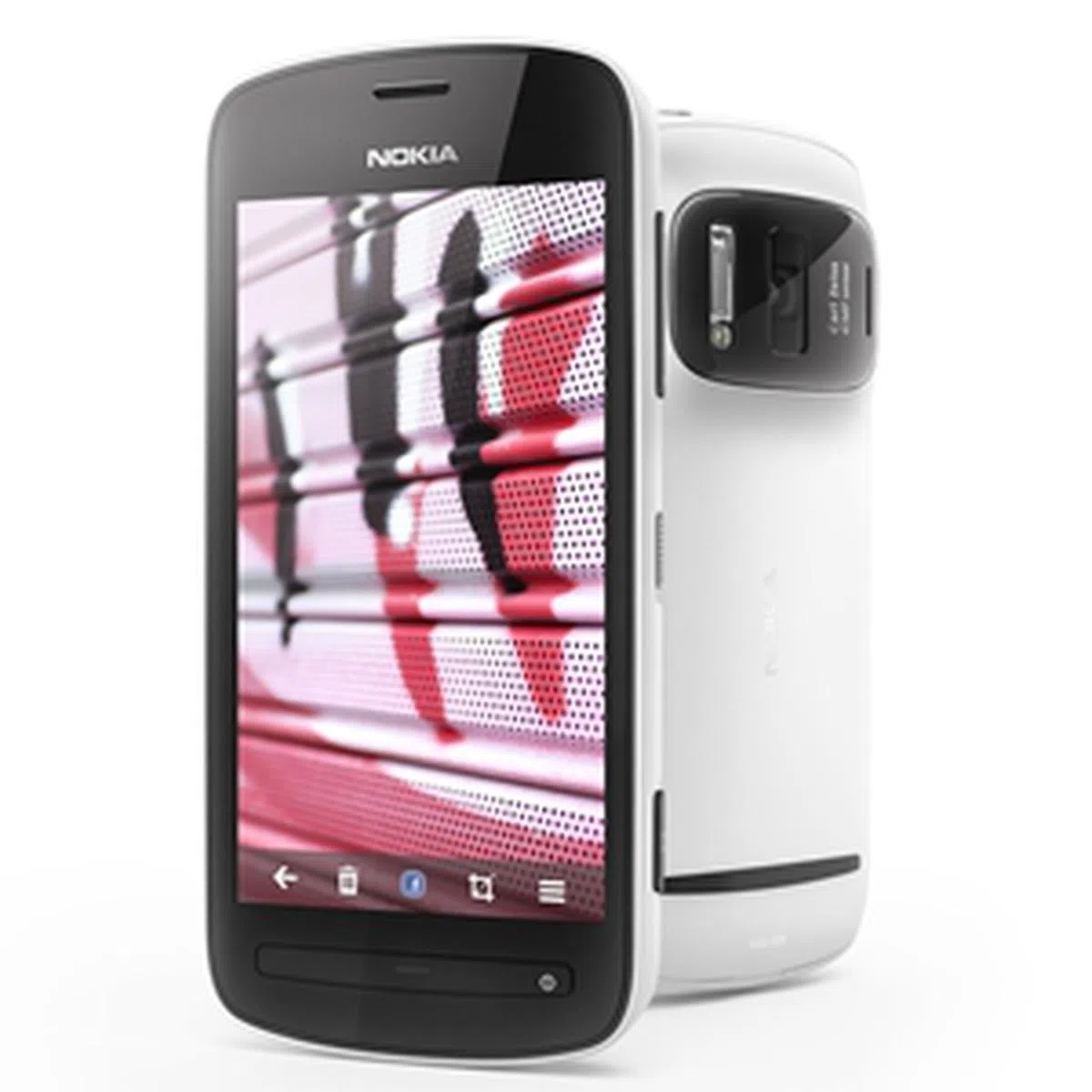 | Key highlights of the Nokia 808 PureView
|

The Nokia 808 PureView is pretty bulky by today's standards, weighing at 169g and measuring a 17.95mm thick where the camera protrudes.
We wouldn't call the Nokia 808 PureView a thing of beauty, given its rather hefty dimensions and bulging camera lens at the back. As a point of reference, most smartphones these days weigh an average of 120g to 130g and measure 8 to 10mm in thickness. In comparison, the 808 PureView's 169g and 13.9mm (17.95mm at camera) thickness both seem intimidating to users looking to purchase a smartphone.

Having a larger sensor than the usual cameraphone means, more space required and a bigger body. As you can see from the back, the big camera bulge is flanked on the right by a large Xenon flash. Users have to remove the battery to insert your microSD or microSIM cards.
Otherwise, the smartphone's all-plastic build works well here, layering the device with a matte polish that keeps the non-slip device easy to hold and relatively fingerprint-free. On the other hand, the 808 PureView feels like a very solid gadget, of which we tribute partially to its heavyweight body.

Side view profile (from left to right): Volume rocker, Lock screen toggle, Shutter button
The handling experience is made more positive with easy-to-press physical controls and a well-built HDMI port cover. The left side of the phone is left bare with ports and buttons positioned on the top and the right side of the phone. A thin bar on the front of the phone comes with three icons and four functions - call, menu/activate screen, end call; long pressing the end call function will switch on/off the device. Users used to the power button being at the top will fumble with the layout at first, but otherwise, the device is straightforward to use in this aspect.

The thin button control is accompanied by the adaptive menu bar at the bottom of the screen (it changes depending on what you are doing on the phone) - these form the crux of the user experience behind navigation on the PureView.
Features & Performance
Symbian smartphones seldom get spotlight these days, due to its rather antiquated user interface and lack of third-party app support and viability (The Nokia Store currently has more than 120,000 apps; in comparison, Apple iTunes store has 650,000 apps and Android has more than 450,000 apps). An effort was made to revamp and refresh the platform in its Anna update, later strengthened with the Belle update. The platform, while not as evolved as its iOS, Android and even Windows Phone counterparts in terms of features and app support, gets a thumbs-up from us for being user-friendly and accessible even for first-time users.
Screen transitions and navigation throughout the phone was generally smooth, responsive and fast. The narrow virtual keyboard keys gets a slight thumbs-down from us but it poses just a small dent in the overall positive experience.

Android users will be familiar with the design of the drop-down notifications bar on Symbian Belle. Simply drag down from the top to get a glimpse of the activity on your phone as well as access important phone settings.

You have up to six home screens to place your favorite apps, shortcuts and widgets. You can assign different wallpapers to each individual homepage or add widgets by simply long-pressing on the screen.
The Symbian/Nokia Belle-powered smartphone is nowhere near the atypical top-tier smartphones from competitors sporting fast dual or quad-core processing units,1GB RAM, a 4.3 to 4.6-inch 720p HD screen and a much more vibrant apps ecosystem with a more powerful OS. This means the Nokia 808 Pureview isn't a strong overall competitor and has fewer games and entertainment apps (and fewer developed for the device). Frankly, the PureView is positioned as a phone with a very good camera and that's really all you are going to get compared to the competition. Nonetheless, despite its single-core processor, web surfing and running apps in the background posed no concern for general use and mostly offered a lag-free experience.
Seeing that there's no real comparative performance benchmarking we can perform on this phone's platform, we focus on battery and camera performance aspects before concluding the review.
Battery Mileage
Using the same video that we use across all our mobile device battery tests, we set the same test parameters which includes having the video looped under the following conditions:
- Brightness and volume at 100%
- Wi-Fi and Bluetooth connectivity turned on
- Constant data streaming through email and Twitter
Specifications/Device | Nokia 808 PureView | Samsung Galaxy SIII | HTCOne X | SonyXperia S | iPhone 4S |
Processor |
|
|
|
|
|
Display Size |
|
|
|
|
|
Display Type |
|
|
|
|
|
Display Resolution |
|
|
|
|
|
Dimensions |
|
|
|
|
|
Weight |
|
|
|
|
|
Battery |
|
|
|
|
|


We selected the above comparison devices primarily based on their camera capabilities; aside the 12-megapixel Sony Xperia S, the rest of the devices have 8-megapixel cameras. The Nokia 808 PureView came in third with 370 minutes' worth of battery life, which is just about average . While we considered the fact that it comes with the lowest battery capacity of 1400mAh, we expected the device to do better based on its smaller four-inch, low resolution 360 x 640 pixels AMOLED screen and a single-core processor. The iPhone 4S, with its 1432mAh battery capacity and smaller 3.5-inch screen, manages this pretty well, lasting a decent 421 minutes. However, the device did not fare as well in the portability index (battery to volume ratio) due to its hefty build and weight, coming in almost last and barely beating the Sony Xperia S at 0.35.
To give you a real-world gauge, we observed that the phone could last a whole day on a single charge, with emails and Twitter feeds pushed constantly to it. Other activities included occasional web surfing and phone calls.
Imaging Performance
Of course, the entire premise of the Nokia 808 PureView is built around its supposedly superior camera capabilities that is backed up by an astounding 41-megapixel camera with a backside illuminated sensor. While its sensor has a total of 41 megapixels capability, the camera can only effectively use a maximum of 38 megapixels when shooting at an aspect ratio of 4:3 (an aspect ratio of most photographs from digital cameras), and 34 megapixels when shooting at an aspect ratio of 16:9 (the aspect ratio of HD movies).

The camera sensor has 41 megapixels capability, but when considering the shooting aspect ratio, the effective maximum is 38MP in 4:3, while this dips further to just 34MP in a 16:9 widescreen aspect ratio.
For those who want to get into the technical nitty-gritty, you can head down to our in-depth feature article by our resident camera reviewer, where he elaborates a bit more on what's so special with the PureView's 41-megapixel sensor and how does it work. Otherwise, here's a quick look at the camera's user interface in a video captured during MWC 2012:

We first took a preliminary look at the phone's camera performance and multimedia-centric app, Big Screen, at Nokia's office in Singapore and found that the photos by the PureView are significantly sharper and display lesser noise compared to the HTC One X and the Samsung Galaxy Nexus. This is likewise observed after taking a look at our test shots; details were extremely sharp with less noise; colors were generally well-contrasted with a slight green tinge to it.
Zooming into finer details of our test shot showed that details were still sharp and visible. Overall, the camera capabilities on the PureView are without a doubt, one of the best in the smartphone market.

Details are pretty good though we would have preferred more accurate color reproduction and lesser noise levels. Check out the close-up shots below for further scrutiny.
Of course, we're sure you would be interested to know how it fared against other top-notch, high-end smartphones in the market today. Here, we take a close look at the 808 PureView's performance alongside the four phones, Samsung Galaxy S III, HTC One X and iPhone 4S:
Nokia 808 PureView
| |
Samsung Galaxy S III
| |
HTC One X
| |
iPhone 4S
|
The Nokia 808 PureView is the clear winner here, with the iPhone 4S coming at a close second in terms of noise control and details preservation. The iPhone 4S has traditionally been an excellent camera phone so we are not too surprised with the results here; it also shows that you don't really need a 41-megapixel camera to get above-average photos. Colors are warmer on the photo taken by the iPhone 4S, while we would say that the 808 PureView is closer to the Samsung Galaxy S III in terms of color production with a few exceptions: the former's colors are more saturated and contrasted than both the S III and the iPhone 4S.
The HTC One X follows right after, exhibiting good detail and noise control even when cropped. The only downfall is in its over-greenish and cool color reproduction. The smartphone is followed closely by its quad-core rival, the Samsung Galaxy S III. The Galaxy S III is almost on par with the HTC One X, losing out in its detail and noise preservation.
Otherwise, these phones (apart from the Nokia 808 PureView which is in a different league) are sufficiently well-equipped for day-to-day photography needs, such as posting on social media and so forth.
For a more radical comparison, check out our real-world usage comparison between the 41-megapixel Nokia 808 PureView against the 36.3-megapixel Nikon D800 - the results might surprise you.
Conclusion
The Nokia 808 Pureview - where do we start? There are many things we don't quite understand about the 808 PureView and these are also the same things that make it stand out. First of all, we aren't big fans of its bulky form - at 169g and 13.9mm (17.95mm at camera) thick, it certainly stands out over the rest of the slimmer devices in the market. For most consumers, the thinner a mobile device is, the better. In this sense, the Nokia 808 PureView certainly loses out. On the other hand, the smartphone is sturdily-built and feels very solid.
Furthermore, the the Nokia 808 Pureview's hardware specs are nowhere near most of the competitor's top tier smartphones and it's further hampered by its OS choice. Symbian's very miniscule ecosystem (that is, one that lacks variety in terms of photo-editing, social media, communications and social photography apps) isn't enough to complement or enhance a savvy smartphone user's photographic experience.
The 808 PureView is a pretty unique device positioned as a phone with great camera capabilities and frankly, that's all you are going to get compared to the competition. With an official price-tag like S$839 (inclusive of GST), you probably don't want to invest in a phone where its only strong point is its camera. And even if you are planning to, you might want to consider channeling your money into a camera with dedicated features and even better camera performance. There are a couple of considerations across the different types of portable cameras: for point-and-shoot compacts, the Canon IXUS 1100 HS ($529), Canon PowerShot S100 ($699), Olympus XZ-1 ($748) and Canon Powershot G1 X ($999) ; for mirror-less cameras, the Panasonic Lumix DMC-GF5 at ($899, with 14mm lens kit) and Olympus PEN E-PL3 ($998).

In a nutshell: if you are looking for a camera, get a camera. If you are looking for a smartphone, get a smartphone.
If you are looking for an all-rounded smartphone, there are plenty out there at the same price range to look at. Typically, the iOS- and Android-equipped devices are good to go - some prime examples would be the ones used in the comparison. If you are looking at getting a Windows Phone device, we suggest for you to wait till Windows Phone 8 devices come out later this year.
The Nokia Pureview 808 is a great effort of a convergence device trying to straddle the best of what cameras and smartphones can offer and it succeeds to a certain extent, but it's not by a very convincing margin unless you fit Nokia's target market for users looking for a do-it-all device. Overall, we feel that a better choice for Nokia would have been to swap out its outdated Symbian Belle OS for the Windows Phone platform instead. On the flip-side, Nokia has plans to port the PureView Pro technology unto other devices in the future, although no specific time frame has been mentioned at the moment. Until then, the only PureView-equipped device out in the market now, the 808 PureView, has lesser to offer than both its smartphone and camera counterparts.
Our articles may contain affiliate links. If you buy through these links, we may earn a small commission.
